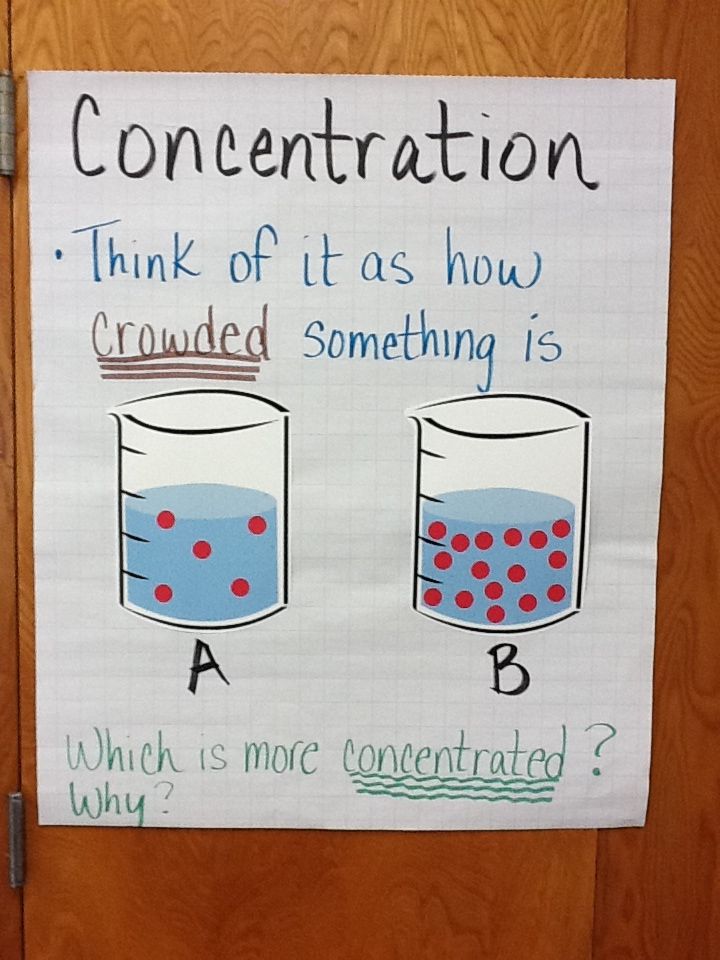Understanding Hard Money in U.S. Political Campaigns: Regulation, Impact, and Access
Introduction: The Role of Hard Money in Political Campaigns
Hard money is a cornerstone of modern U.S. campaign finance. It shapes how candidates fund their campaigns, how donors participate in political processes, and how transparency and accountability are maintained in elections. Unlike soft money-which is donated to political parties for broader party-building activities-hard money refers to funds given directly to individual political candidates and is subject to rigorous federal regulation.
What Is Hard Money?
Hard money is defined as money donated directly to a political candidate’s campaign. These donations are tightly regulated by the Federal Election Commission (FEC), which sets strict limits on amounts, mandates full disclosure, and requires public reporting. This regulatory framework is designed to ensure transparency, prevent undue influence, and uphold the integrity of the electoral process [1] [2] [3] .
Hard money is often referred to as “federal funds” because it is intended for federal elections. By law, only individuals-not corporations or unions-can donate hard money directly to candidates. However, organizations may contribute through political action committees (PACs), subject to their own set of limits and regulations.
Regulatory Framework: How Hard Money Is Controlled
All hard money donations are governed by the FEC. The Commission sets limits on contributions per donor, per candidate, and per election cycle. For example, as of recent federal guidelines, an individual may contribute up to $3,300 per election to a candidate for federal office (note: limits are periodically updated, so donors should always consult the latest FEC publications for current figures) [1] [3] .
Key regulatory features include:
- Strict reporting requirements: All hard money donations must be reported to the FEC, ensuring public transparency.
- Contribution limits: Individuals, PACs, and other entities face set maximums per candidate, per election.
- Source restrictions: Corporations and unions cannot donate hard money directly, but PACs can collect contributions from members and donate within legal limits.
To review current contribution limits, visit the official Federal Election Commission website or search for “FEC contribution limits”. The FEC regularly publishes comprehensive tables and guidance for donors and campaign staff.
Hard Money vs. Soft Money: Key Differences
Understanding the distinction between hard and soft money is crucial for anyone interested in campaign finance:
- Hard money : Donated directly to individual candidates; regulated, disclosed, and limited by law.
- Soft money : Donated to political parties for general “party-building” activities; less regulated and not subject to federal limits [2] [4] .
Hard money can be used for specific campaign activities, such as advertisements advocating for or attacking particular candidates. Soft money, by contrast, is used for broader efforts like voter education or party infrastructure, provided these efforts do not directly endorse a candidate.
Practical Guidance: How to Contribute Hard Money
If you wish to donate hard money, follow these steps to ensure compliance:
- Identify the campaign or candidate to which you wish to contribute.
- Visit the candidate’s official campaign website, where donation portals are typically available.
- Review the current FEC guidelines on contribution limits and eligibility. Most campaign sites provide information about legal restrictions and reporting obligations.
- Complete the donation process, ensuring you provide all required information (name, address, occupation, employer). This information is necessary for FEC reporting.
- Keep a record of your contribution for your own records and possible future reference.
For organizations, contributions must be routed through registered PACs. PACs collect donations from members and allocate funds to candidates, all within FEC-regulated limits. PAC formation and compliance require legal expertise; consult specialized campaign finance attorneys or refer to FEC guidelines for step-by-step instructions on PAC registration and operation.
Examples and Impact of Hard Money Donations
Consider the following real-world illustration: During the 2024 election cycle, thousands of individuals made hard money contributions directly to their preferred candidates, each donation reported and accounted for under FEC regulations. These funds enabled candidates to purchase advertisements, host events, and promote their platforms with full transparency [3] .
Hard money contributions are essential for accountability. Since each donation is publicly disclosed, voters and watchdog organizations can trace the financial support behind campaign activities. This openness helps prevent corruption and ensures candidates are responsive to their donor base.
Challenges, Solutions, and Alternatives
Despite its benefits, hard money fundraising faces several challenges:
- Strict limits : The legal cap on individual contributions may restrict fundraising capacity, especially for grassroots candidates.
- Compliance complexity : Navigating FEC rules requires attention to detail and sometimes professional guidance.
- Reporting burden : Campaigns must maintain accurate records and submit regular reports to the FEC.
To address these challenges:

Source: music.apple.com
- Leverage PACs : Pooling individual donations through PACs can amplify collective impact while maintaining compliance.
- Engage in public education : Campaigns should inform supporters about legal requirements and best practices for donations.
- Use trusted fundraising platforms : Many campaigns partner with established online payment processors that automate compliance checks and reporting.
As alternatives, individuals may also contribute to party-building activities via soft money, or support issue-based advocacy through independent expenditure groups-bearing in mind these donations have different regulatory implications and may not directly benefit individual candidates.
Transparency and Accountability: Why Hard Money Matters
The transparency of hard money is a fundamental safeguard in American democracy. Because each donation is disclosed and capped, the public can see who is funding candidates and track potential influences on policy. This stands in contrast to “dark money,” where the source of funds is often obscured [5] .
For those seeking to monitor or research hard money contributions, resources such as the FEC’s searchable database and third-party analysis sites like OpenSecrets.org provide accessible, up-to-date data on political donations and campaign finance trends.
Step-by-Step Guidance for Accessing Hard Money Opportunities
Individuals wishing to participate in hard money fundraising or donation should:

Source: babysignlanguage.com
- Determine the candidate or campaign they wish to support.
- Review the FEC’s latest contribution limits and eligibility rules.
- Visit the candidate’s official website or contact the campaign office for donation instructions.
- Consider consulting the FEC website for official guidance and frequently asked questions.
- If forming or donating through a PAC, consult legal counsel or the FEC’s PAC registration resources.
If you seek more information or wish to verify compliance, search for “Federal Election Commission campaign finance resources” or visit OpenSecrets.org for real-time data on political contributions and spending.
Key Takeaways
Hard money remains a vital, highly regulated part of political fundraising in the U.S. Its strict rules protect the integrity of elections and empower citizens to participate transparently in the democratic process. While navigating legal requirements can be complex, many resources and professional services are available to guide donors and campaigns.
For the most current information, always reference official FEC publications and established watchdog organizations. If you have further questions or wish to engage in campaign finance activities, consult the candidate’s campaign or the FEC for detailed instructions.
References
- [1] Polyas Election Glossary (2024). Hard Money explained in the Election Glossary.
- [2] HowStuffWorks (2000). What’s the difference between soft and hard money campaign contributions?
- [3] Aristotle (2024). Campaign Financing: Hard Money vs. Soft Money.
- [4] GoodParty.org (2024). Hard Money vs. Soft Money in Campaign Finance.
- [5] OpenSecrets (2025). Dark Money Basics.



